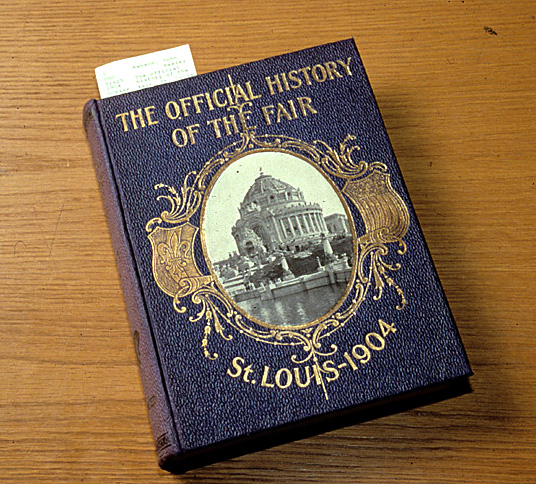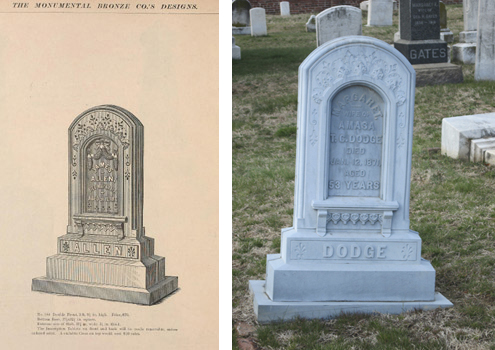In June, we highlighted hand-folded ice cream containers. Because July is National Ice Cream Month, we decided to highlight another ice cream related item. This month we are highlighting an 1889 American Machine Co. trade catalog illustrating ice cream freezers.
Category: Trade Literature
 This past week at the American Library Association’s Annual Conference, Gale, part of Cengage Learning, launched two new products based on Smithsonian collections. The products, Trade Literature & the Merchandizing of Industry and World’s Fairs and Expositions: Visions of Tomorrow, featured many items from the Smithsonian Libraries.
This past week at the American Library Association’s Annual Conference, Gale, part of Cengage Learning, launched two new products based on Smithsonian collections. The products, Trade Literature & the Merchandizing of Industry and World’s Fairs and Expositions: Visions of Tomorrow, featured many items from the Smithsonian Libraries.
The Cooper-Hewitt National Design Library owns many types of pattern books for architecture, textiles, wall coverings, and ornament for use by designers. Among our more unusual “how to” pattern books and trade catalogs are two recently digitized hair jewelry pattern books – The jewellers’ book of patterns in hair work and Charles T. Menge’s price list of ornamental hair jewelry and device work.
Ice cream is a popular dessert. No doubt about that! It can be found everywhere, especially in the summer, whether at a 4th of July parade, the beach, or in your own backyard.
Some of our past posts have featured ice cream recipes. But what about other things related to ice cream? How about ice cream freezers or ice cream containers?
It’s springtime in DC. That means squirrels are everywhere on the National Mall. Take a walk around the Mall and you are bound to see a squirrel or two run across your path. Sit on a bench for a few minutes and you might hear a rummaging sound and then see a squirrel pop up out of a trash can. And you are sure to see a squirrel or two getting their picture taken, sometimes looking as if they are posing for the camera!
Many of us who wear glasses everyday will probably find ourselves relating to these two sentences.
“But take the subject all in all, and consider it in all its phases, it cannot be denied that the invention of spectacles was one of the most useful to the human family.”
“Many a man and woman to-day in all quarters of the known world owes the pleasure of existence to the use of scientifically constructed spectacles.”

This Catalogue of the Monumental Bronze Co. is one of the many examples of trade literature that the Cooper-Hewitt National Design Library has in its collection; they are among the most valuable research resources for documenting the tastes and trends of culture, and the products being marketed and sold in a given time period. These are Victorian era zinc sculpture and ornaments for cemetery grave markers and “monuments”. “White bronze” was an attractive, elegant trade name for zinc. It actually has a bluish gray color and is easy to spot from quite a distance amongst the more traditional and widely used traditional marble, limestone and granite memorials in cemeteries.
